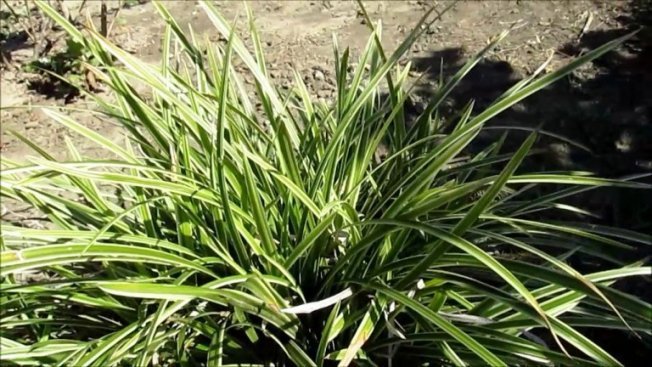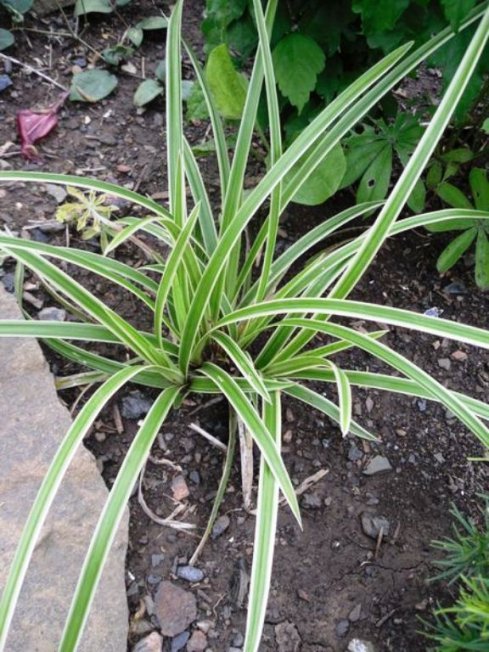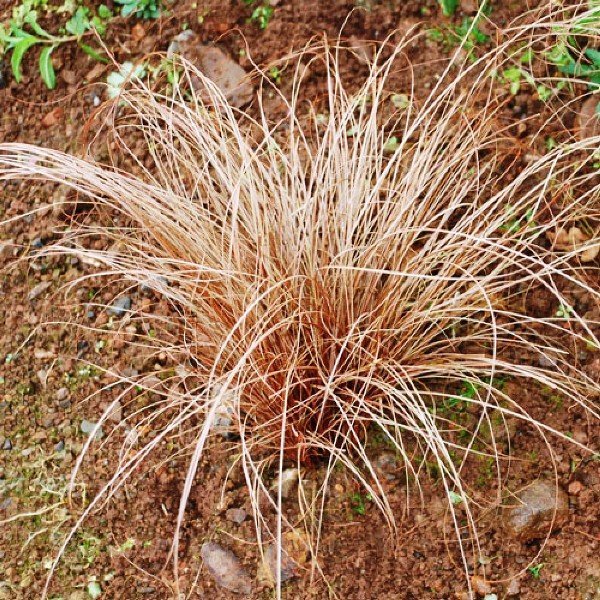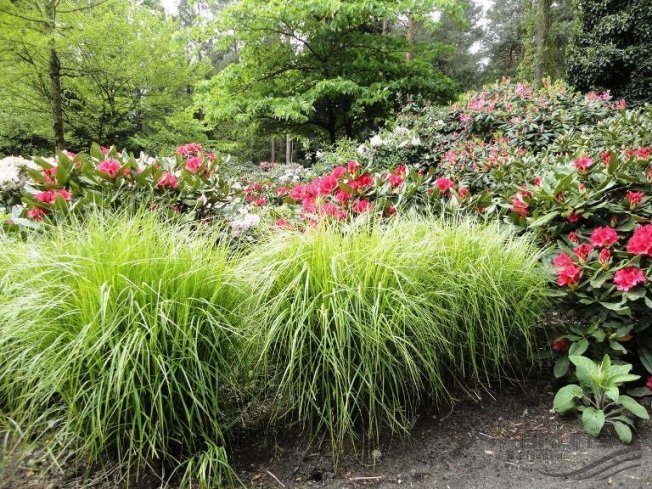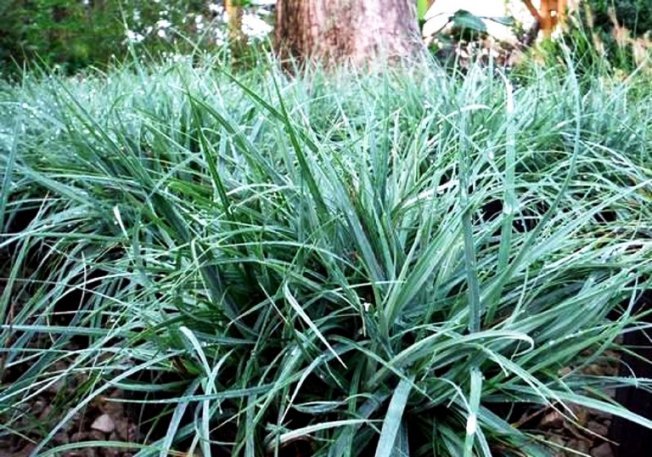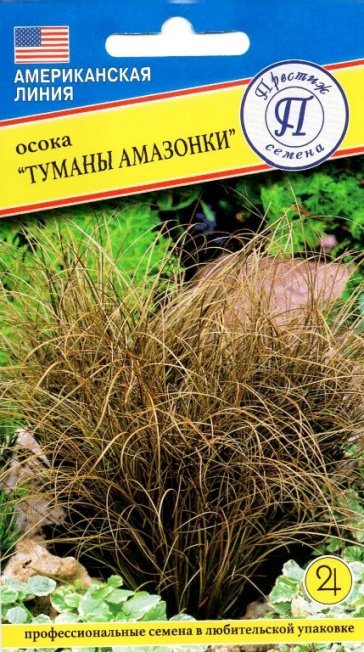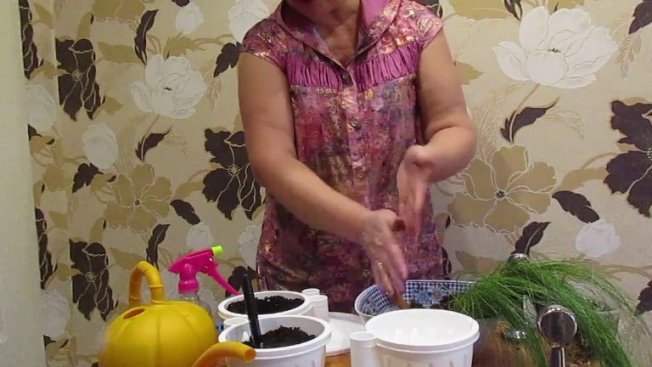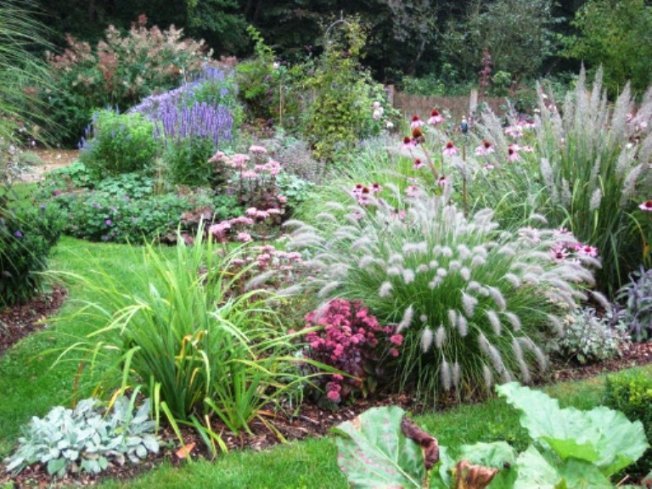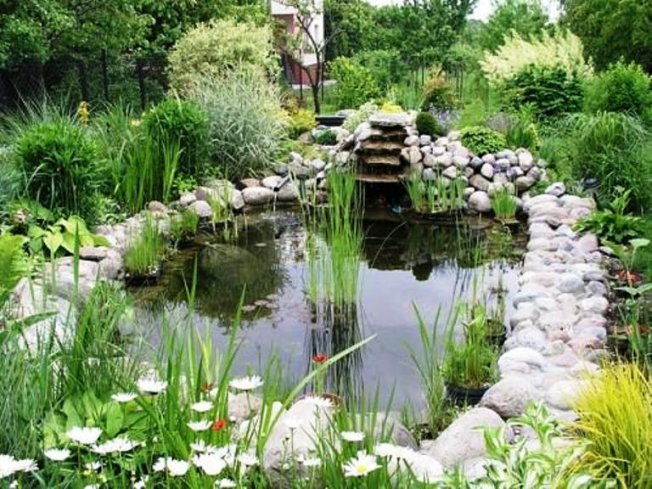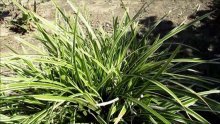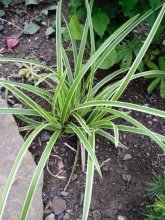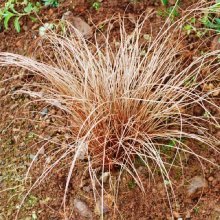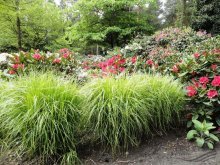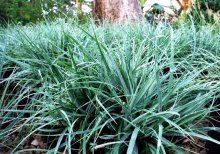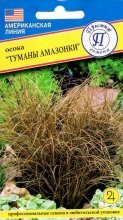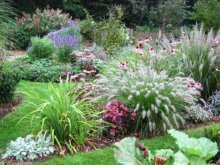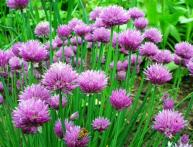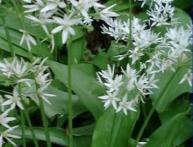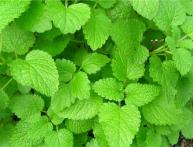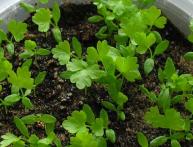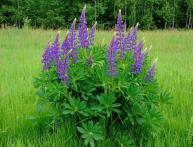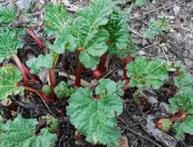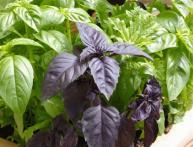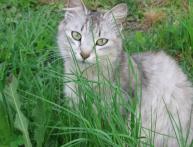Decorative sedge in landscape design, what types and varieties are used, care rules, reproduction

Decorative sedge is used quite often in landscape design. At first glance, a simple plant, if used skillfully, can become a worthy component of any intricate design solution.
But before you start planting, you should decide on the choice of variety and familiarize yourself with the basic rules of care.
Content:
- Decorative sedge, description and photo
- Types and varieties, variegated, bronze, palm-leaved, blue, Amazon mists
- Decorative sedge, planting and care
- Plant propagation
- Decorative sedge in landscape design
Decorative sedge, description and photo
This plant is a perennial herbaceous species. Depending on the variety, it can have short or long roots, the flowers are both dioecious and monoecious, they are collected in spikelets, which are located on hanging thin threads.
It is divided into several types - bisexual, male and female. Some species look more like shrubs, while others spread in carpets or create unique cushions.
The plant is not capricious, because decorative sedge is a representative of the sedge family and grows in almost every climate zone of the Earth - in mountainous regions, steppe zones and even wetlands.
It is most common in the north and in temperate climate zones, since it is here that the weather conditions and suitable temperature are favorable for sedge.
Types and varieties, variegated, bronze, palm-leaved, blue, Amazon mists
Let's look at the most common and popular varieties.
Variegated
The leaves are attractive, have longitudinal stripes of different colors - greenish, cream or white. The height of variegated sedge is from 90 to 120 centimeters.
This species loves plenty of sun, but can also grow in a shaded place. It is a drought-resistant variety that does not require frequent watering. It tolerates winter frosts without problems. You can trim this look to a height of 20 centimeters.
Bronze
The leaves are evergreen, hairy, and a large mass of leaves that have a bronze tint grows from the ground. When the plant is just growing, the leaves are narrow, stand straight, and their tips point upward.
When the sedge matures, the leaves bend beautifully, the tips tend to the ground. In any sunny area, the color variations of these plants will be a real decoration.
The bronze species grows to a maximum of 50-60 centimeters in height, making it suitable for growing in large pots or other containers that can be brought indoors for the winter.
Goes well with bulbous flowers and other perennial types of ornamental plants. Bronze sedge loves a lot of sun, but can grow in some shade.
Palmolia
This type of perennial has erect foliage, with tufts at the ends of the leaves. The leaves are a light green shade and the palm-leaf appearance looks great when planted in large groups.
The grass remains decorative until October. If you water this sedge well, it can grow even in open sun.
Suitable for planting in shallow ponds, maximum 10 centimeters. Tolerates winter frosts well and does not require additional shelter.
Let's watch the video and find out what decorative sedge looks like in landscape design, in particular, we will talk about palmate sedge:
Blue
This perennial species grows up to 70 centimeters in height.
The foliage is hard and thin, has a blue tint, grows in bunches upward, and almost does not bend towards the ground. This sedge produces spikelets located on high stalks.
These bushes are unpretentious in care, are drought-resistant and tolerate frost without problems. This species requires frequent weeding and reproduces quickly using root layering.
Amazon mists
These lush bushes are perennial, growing a maximum of 30 centimeters in height.
The leaves are slightly curled, silvery on top and green underneath. The bushes love sunny areas, there is no need to specially select the soil, they can grow in both wetlands and dry places.
Decorative sedge, planting and care
There should be no difficulties during planting and care, since sedge is unpretentious. It is suitable for rocky, marshy, sandy soil and black soil. The only thing worth paying attention to is that some varieties prefer sunny areas, while others prefer shaded areas.
Care includes the following manipulations:
- Abundant and regular watering. Thanks to this requirement, the leaves of the plant will always be richly colored.
- Cleaning up dead wood. This improves and stimulates the growth of new branches.The procedure is performed in early May.
- Carrying out prevention against insect attacks and various diseases. The plant is susceptible to attacks by powdery mildew, rot and fungal infections. Antimycotic substances are used for protection.
- Input of fertilizers. Organic products are used as fertilizing. They are introduced into the ground only a couple of times during the entire warm season. You should not use fertilizer more often, this will negatively affect the external qualities of the plant.
- Maintaining temperature conditions. The plant can suffer at temperatures of plus eight degrees and below. To prevent hypothermia, it is worth burying the plant or covering it for the winter. If it is planted in flowerpots, then during the cold spell the sedge should be brought into a greenhouse or any warm room.
All these manipulations are not complicated, but important.
Let's watch a useful video about the rules for caring for ornamental sedge and other cereal crops that are used in a landscape garden:
Plant propagation
Sedge propagation is carried out using several methods:
- dividing the bush;
- seeds.
In the first case, it is worth initially checking whether the root system is sufficiently developed and whether there is any damage. If the root is underdeveloped or its integrity is damaged, then the bush will die and will not take root.
You can plant the cuttings immediately in a permanent area or plant them temporarily in a flowerpot for rooting and strengthening the roots. Some experts place the cuttings in a jar of water for a couple of days, this allows them to enhance the growth of the root system.
It is worth remembering that sedge grows quickly, if you do not take care of it, the bushes will become dense and not so attractive, moreover, the plant will take up most of the site and will disrupt the originally intended design. Dividing the bush at the same time will allow you to thin out the crop and at the same time propagate the plant.
Decorative sedge in landscape design
Sedge is used very often for landscape design. Its main task is the design of reservoirs. Firstly, the plant is quickly accepted near moisture and subsequently retains its aesthetic appearance for a long time.
Secondly, the tops of the sedge are slightly lowered; this beautifully emphasizes a pond or lake, especially if the crop is planted around the perimeter.
However, the plant is also used in other combinations for landscape purposes.
Creating an alpine slide: most often, low-growing varieties are used and plants are planted between the stones. Plant several bushes in the center of the flowerbed, selecting tall varieties, and plant the same seedlings along the edges, creating one combination or picture.
When creating a rock garden - using a large area. The owner decides how to do this; you can make the arrangement angular, this will avoid creating a shadow for smaller and lower flowers.
Sedge is used as a decoration for shady areas. For example, plant low-growing crops near trees, then this will serve as an additional decoration, so the sedge will beautifully combine with green foliage.
In all cases, it is worth ensuring that sunlight does not block neighboring plants.
It is important to remember that in landscape design you need to think through the whole picture, and not just individual areas.
If there is very little land, then you can plant sedge in containers or flower pots.The main thing is to place the flowerpots on the same level, in a dense group. It is very important to choose the right depth and volume of the container.
So, although decorative sedge does not have bright inflorescences and is not particularly beautiful, in combination with other plants it creates a unique design and attractive compositions.

